by Penny Holliday
RRS Discovery cruise today left Reykjavik on what surely must be the most beautiful day of the year so far. Sailing into glaring sunshine over blue sparkly water brings a optimistic lift to the heart of this Principal Scientist – it almost makes you think that we won’t need all of those extra days we have scheduled in case of delays due to bad weather… But the bad weather will probably come at some point, so I wont yet get too carried away with talking about calm conditions.
Most of us have spent a few days in Reykjavik, getting excited by seeing four research vessels in port at the same time (surely quite unusual?), gasping at the price of shopping, and admiring this stylish city in all it’s crazy-weather glory. But now we are glad to be getting going and getting on with the task ahead of us.
This cruise DY054 is the second UK OSNAP mooring refurbishment cruise of 2016. We’ll be retrieving some moorings and instruments that have been collecting deep ocean data for the past year, and sending a new lot of instruments back to replace them. We’ll also be releasing some ocean-exploring robots – floats that will spend two years following the coldest and deepest water so we can trace the many ribbons of currents that make up the southward-flowing circulation.
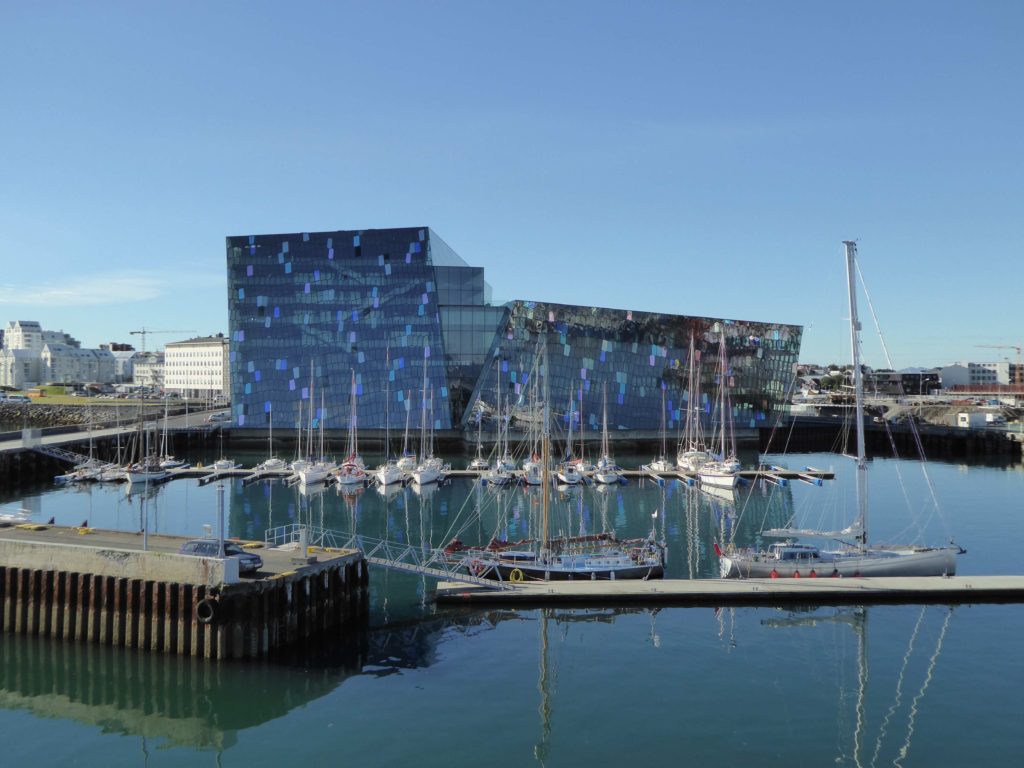
Reykjvik
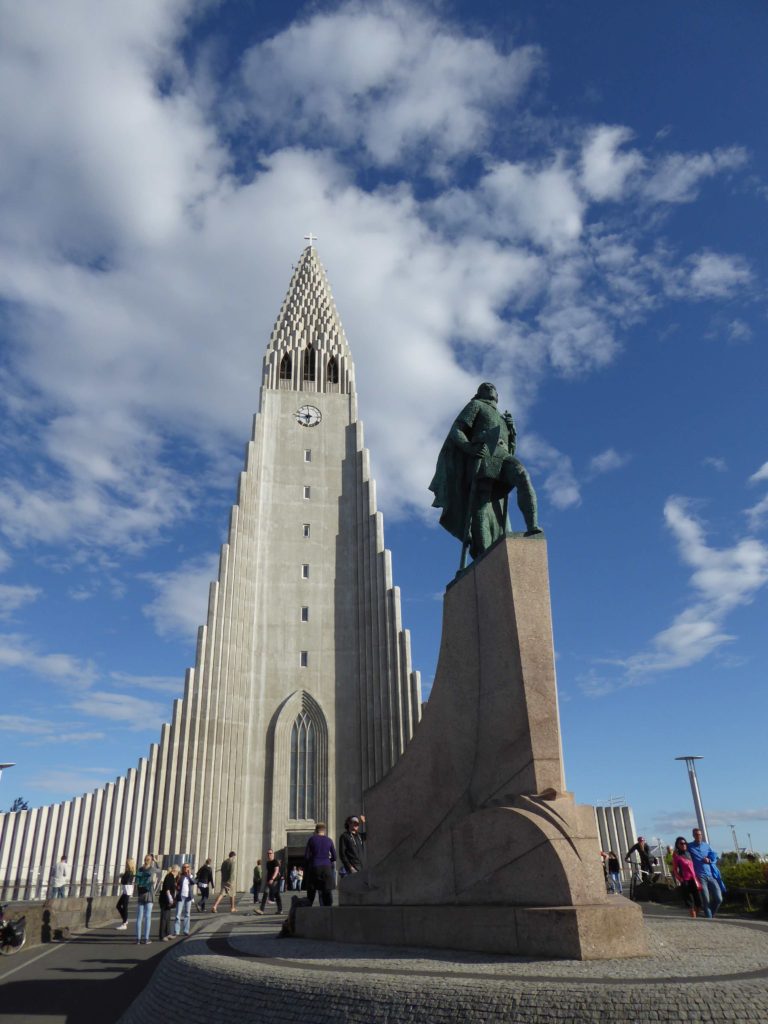
Reykjavik
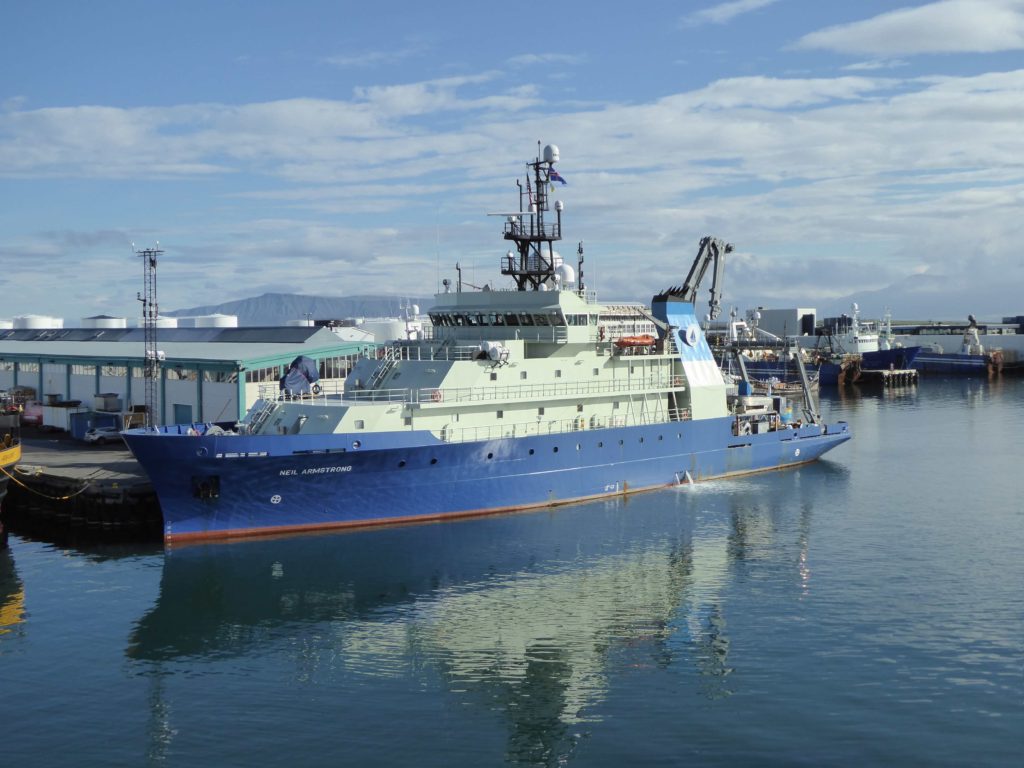
R.V. Neil Armstrong

RRS Discovery and RV Maria S Merian
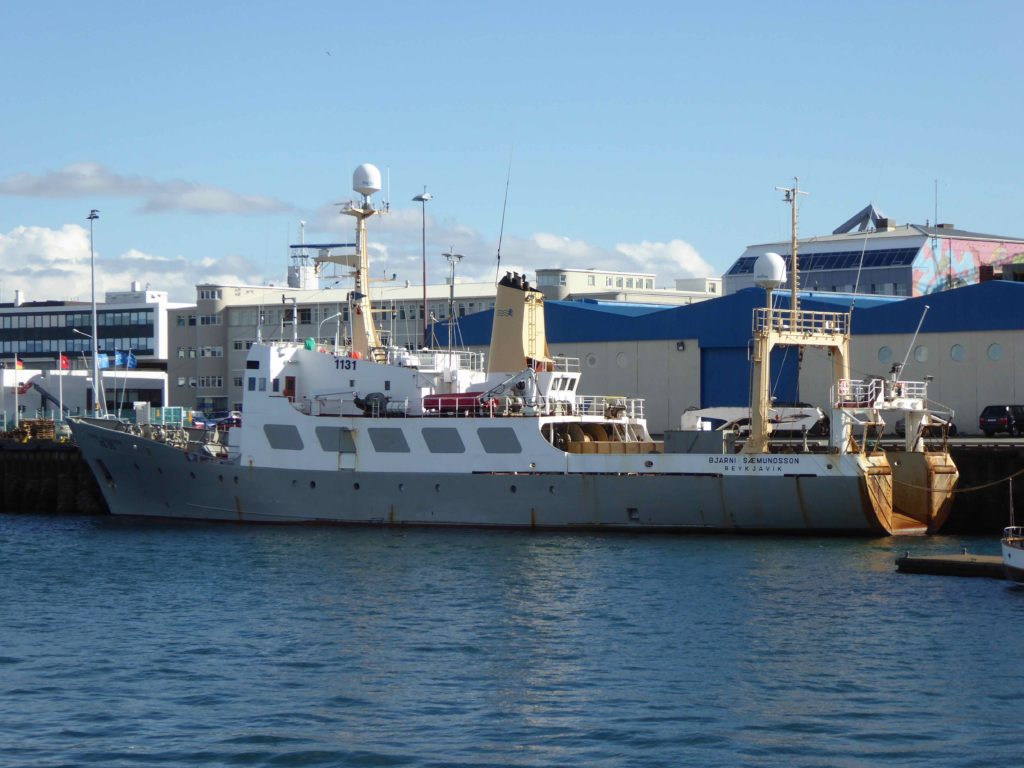
RV Bjarni Saemundsson
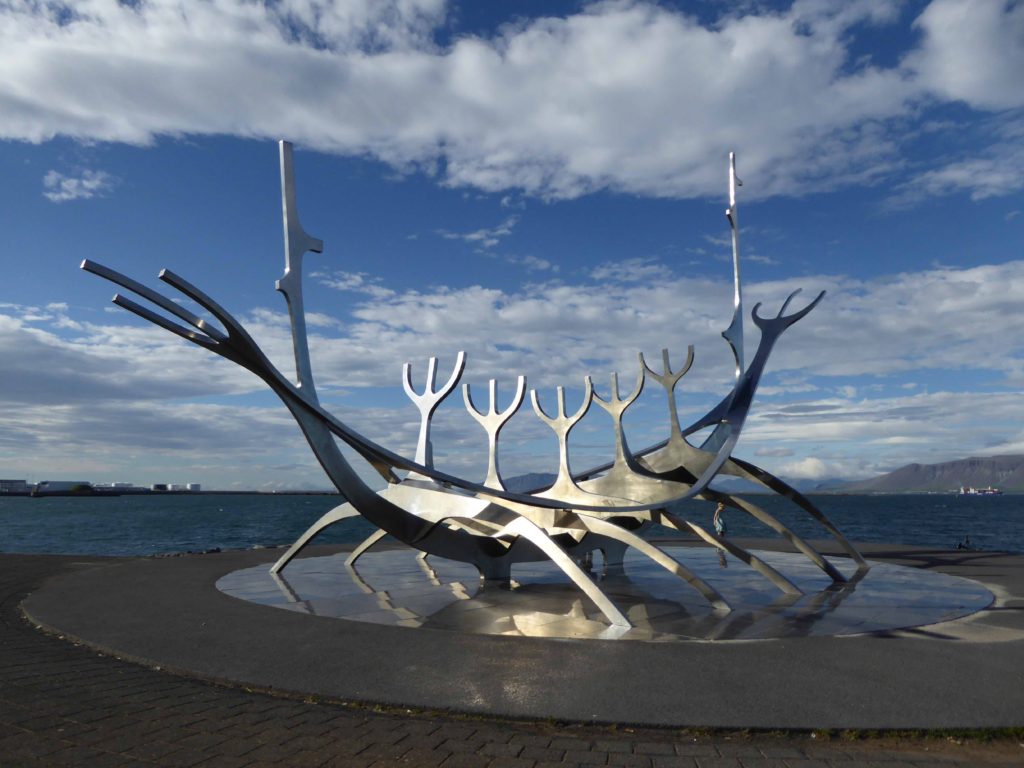
Reykjavik
Photos by Penny Holliday
Pingback: PhotoEssay_CruiseOperations – AMOC